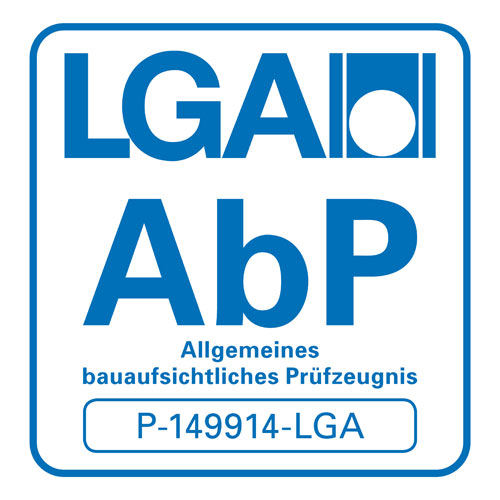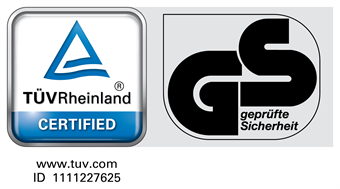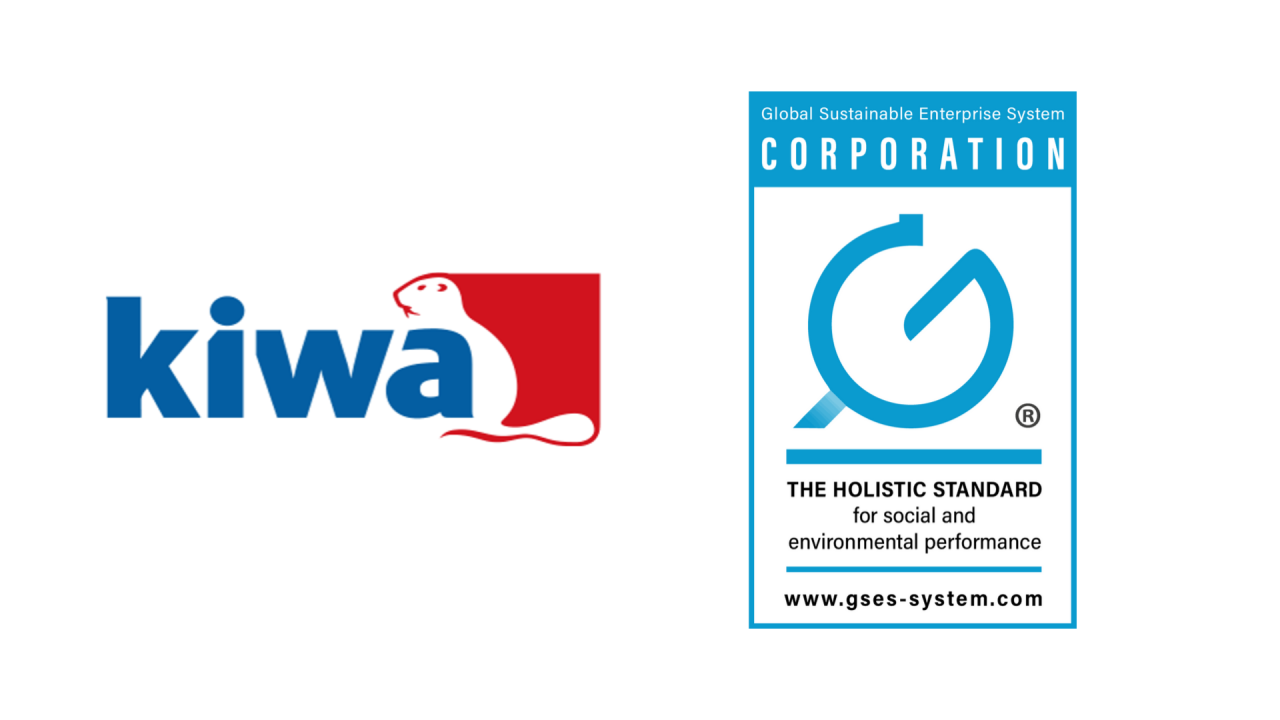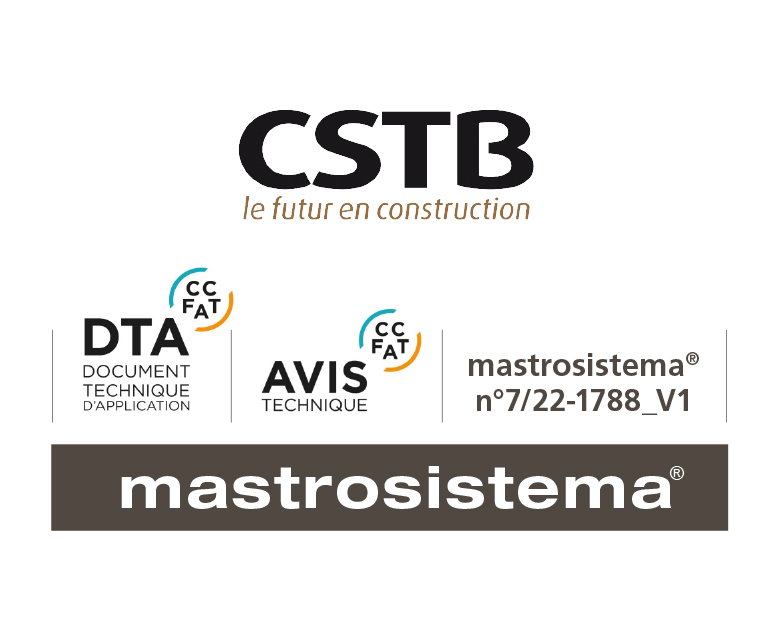Certification of glass balustrades
Glass railings, also known as balustrades, handrails or glass banisters, are increasingly used in the construction and fitting-out of spaces. However, their use requires compliance with certain safety standards, to ensure the protection of people. In France, the certification of glass balustrades is governed by technical notices and regulations applicable to Établissements Recevant du Public (ERP). The glass balustrades on Railing-glass.com comply with these regulations.
Technical opinion
This technical evaluation procedure ensures the quality and performance of construction products. Issued by the CSTB (Centre Scientifique et Technique du Bâtiment), it constitutes official recognition of a system's compliance with the rules of the trade and current regulations.
In the case of glass balustrades, this technical opinion plays an essential role. It validates the system's compliance with the essential safety requirements laid down by the French building code, particularly in terms of mechanical resistance and fire resistance. The manufacturer of a glass railing system such as Railing-glass.com must therefore obtain this CSTB approval before installing it on a building site.
The center's technical teams then carry out various in-depth tests and evaluations on the product. Its performance and characteristics are analyzed, whether in terms of burglary resistance, durability or impact resistance. At the end of this rigorous process, the approval specifies validated conditions of use, such as maximum installation height, permissible glass panel thickness and minimum mechanical properties.
The bag test
One of the tests required for certification is the bag test. This simulates the impact of a person striking the glass railing. A 75 kg sandbag is dropped onto the glass panel from a prescribed height. The glass must not show any cracks or breaks to validate the test. This ensures the material's resistance to impact and its ability to restrain a person.
Mechanical resistance test
A second crucial test is the mechanical resistance test. The glass panel is subjected to increasing pressure at right angles to its surface, until it breaks. This step determines its breaking load in Newtons per square meter. The value obtained must exceed the 1.5 kN/m2 required by law for glass railings. This test guarantees the strength of the material and its ability to support the weight of a person leaning on it.
ERP regulations
Establishments open to the public (ERP), such as office buildings, schools, hotels and shopping malls, must comply with stricter safety standards when it comes to glass balustrades. ERP buildings welcome large numbers of people every day. This is why regulations impose stricter safety requirements for glazed guardrails.
In particular, the maximum height of these structures is limited to 1 metre, to prevent any risk of falling from great heights. Glass must also meet the highest standards of quality and resistance. Only tempered or laminated glass is used, the categories offering the highest levels of strength and safety.
What's more, the manufacturer is required to provide a ten-year warranty on these specific ERP glazings. This reflects the manufacturer's commitment to the long-term mechanical performance of the material.




